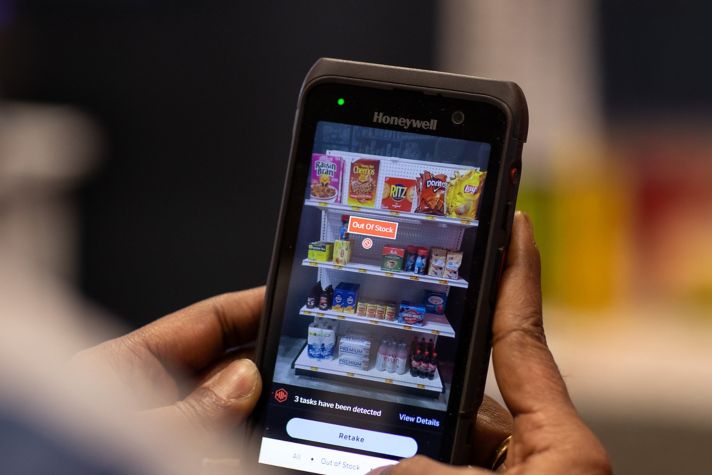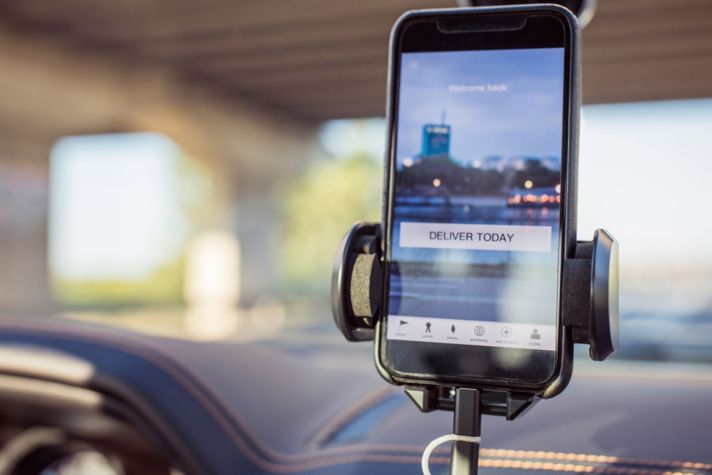-
Global
-
Africa
-
Asia Pacific
-
Europe
-
Latin America
-
Middle East
-
North America
- |
- BUSINESSES
- |
- Contact
- |
-
Global
-
Africa
-
Asia Pacific
-
Europe
-
Latin America
-
Middle East
-
North America
- |
- BUSINESSES
- |
- Contact
- |
You are browsing the product catalog for
You are viewing the overview and resources for
- News
- How Soon Will Same-day Delivery be Reality?
How Soon Will Same-Day Delivery Be Reality?
You want it now! And technology is making it possible to ship faster than ever before.
September 21, 2019
Add to cart. Submit order. Confirm purchase.
Instant gratification, right?
Except now you wait for your package to arrive, which typically takes two days.
That wait could soon be over. Same-day delivery – at no additional shipping cost to the buyer – will become as common as free two-day shipping within the next three to five years, our experts predict.
A “Future of Retail” report said that 44 percent of consumers in 2018 used a same-day delivery service within the past year.
“Our culture is so on-demand,” said engineering director Christie Newsome, who oversees a team of engineers who make warehouses more efficient and automated. “You have on-demand TV. You have on-demand music. This is the environment that’s being digitally created for customers today, and they’re going to expect that out of their retail experience.”
Already, 38 percent of online shoppers expect retailers to offer free two-day delivery and 24 percent expect free same-day delivery, according to the National Retail Federation.
Here’s what it will take for same-day delivery to become a reality.
Bring products closer to home
The expectation for fast delivery is already happening with food delivery services, said Eric Rice, another warehouse automation expert who has been at Honeywell for more than 20 years. But restaurants are close to consumers, which helps with fast delivery and keeps food warm when it arrives.
“People are less and less likely to want to walk out their front door,” for food and other products, Eric said.
To achieve faster shipping with things like clothes, toiletries and other nonperishables, retailers will need to keep goods close to consumers. That’s already occurring with some same-day delivery options on select products.
Eric expects today’s massive warehouses, often located in rural areas with lots of land, to be augmented by smaller, urban counterparts stocked with the most popular items.
“We have to make the transition from big warehouses to being able to provide offerings to these smaller footprint urban centers that gets the product closer to people,” he said.
Automated warehouses
Once a warehouse receives an order, that item must be “picked” from inventory. From there, it makes its way to a packing station and then will be shipped out.
That may sound fast, but the item could need to travel across a warehouse that is more than 1.5 million square feet, about 26 football fields, before you even get the “Your Package Has Shipped” alert.
Technology, including robotics, speed up that process.
Another key for speed will be eliminating downtime – when the warehouse stops for maintenance or repairs, Christie said.
Once warehouses are as efficient as possible, next-day delivery will become more common and then same-day delivery will be the norm, our experts said.
Shrink the last mile
Already, same-day delivery is an option for major retailers on some of the most popular (most-ordered) items.
But companies also must figure out a way to speed up the last mile of delivery. That final part of the journey poses a challenge for hundreds of millions of packages delivered each day. The United States Postal Services delivers 187.8 million pieces of First-Class Mail each day.
To help, ecommerce companies rely on local delivery vans instead of large trailers, Christie said.
Even more nimble - drones will also be a solution to quickly delivering in the last mile, she said. In April, the Federal Aviation Administration approved the first drone delivery company.
Autonomous delivery robots will also be part of delivery solutions, Eric added.
Copyright © 2025 Honeywell International Inc.




